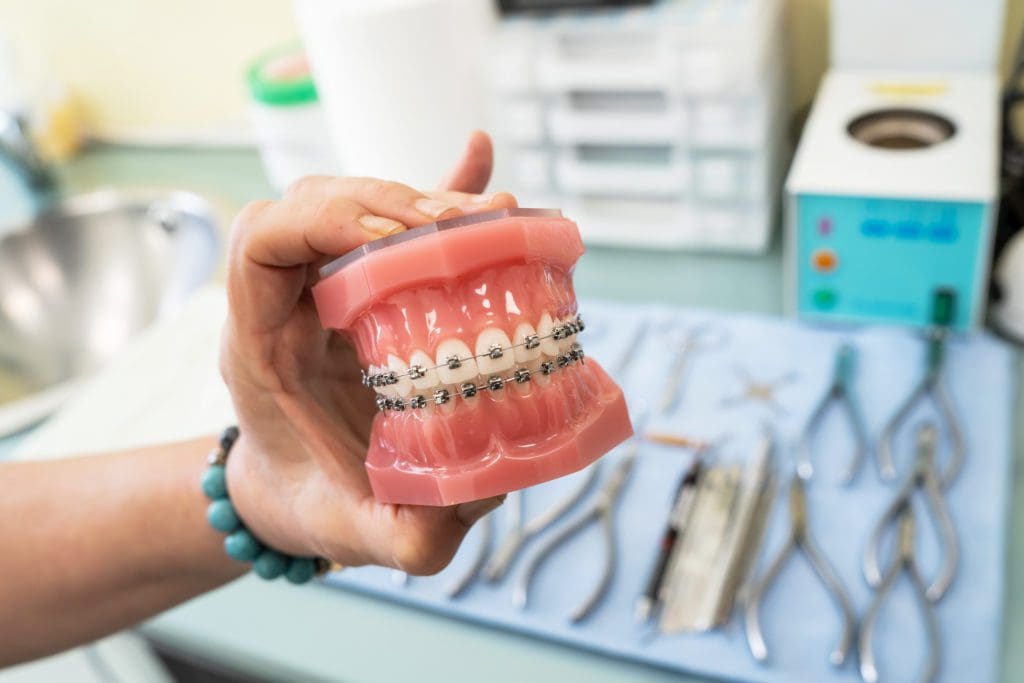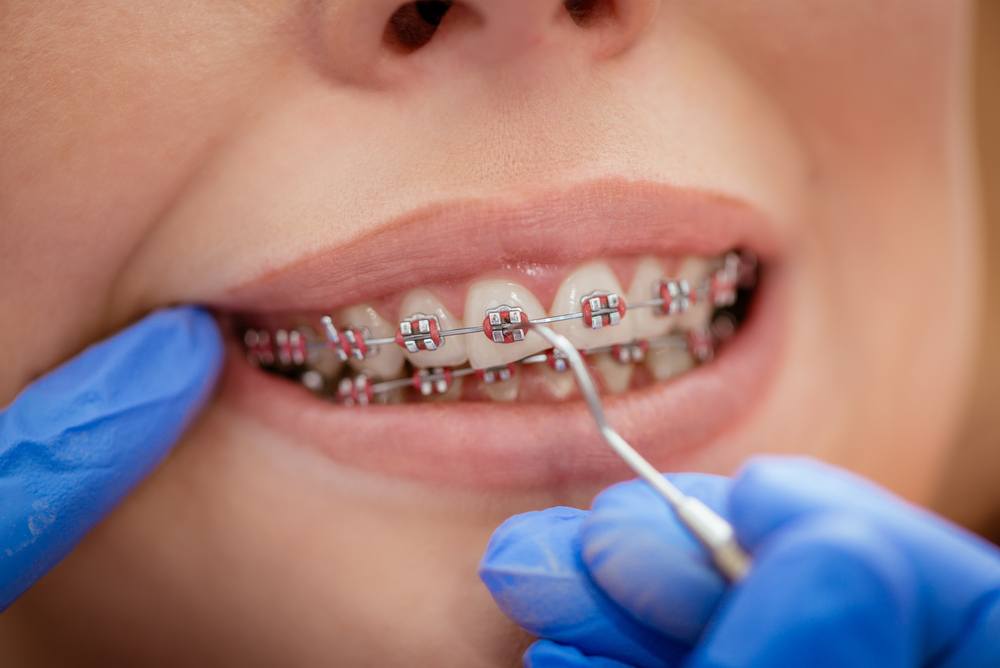How Cumming Orthodontics Addresses Common Braces and Invisalign Worries
How Cumming Orthodontics Addresses Common Braces and Invisalign Worries
Blog Article
Comprehensive Overview to Orthodontics Procedures for Fixing Dental Imbalances
In the world of orthodontics, the trip to achieving a perfectly lined up smile includes a myriad of treatments customized to deal with dental misalignments. From conventional braces to undetectable aligners and even surgical options, the field of orthodontics provides a variety of remedies to address varying degrees of dental abnormalities. Comprehending the intricacies of each treatment, including their mechanisms, benefits, and potential drawbacks, is important in making notified decisions regarding one's orthodontic treatment. As we navigate through the comprehensive guide to orthodontic treatments for dealing with dental misalignments, the intricate information of each approach will certainly unfold, clarifying the course toward a useful and unified dental alignment.
Orthodontic Procedures Review

Along with traditional dental braces and clear aligners, orthodontists might also suggest various other treatments like headwear, palatal expanders, or retainers to deal with details positioning concerns (braces). These treatments are customized per patient's special demands and might involve a combination of treatments to achieve the preferred outcomes. Normal adjustments and monitoring are critical parts of orthodontic therapy to guarantee progression gets on track and to make any kind of necessary modifications along the method. By undertaking orthodontic procedures, individuals can not just attain a straighter grin yet also improve their general oral health and function.
Typical Dental Braces: Exactly How They Work
When taking into consideration orthodontic therapies for oral misalignments, typical braces stand out as a tried and true approach for correcting teeth positioning. Standard dental braces consist of braces, cords, and bands that function together to apply constant pressure on the teeth, slowly relocating them right into the desired positioning.
One secret facet of just how traditional dental braces work is the process of bone improvement. As stress is related to the teeth via the dental braces, the bone surrounding the teeth is reshaped to support the new tooth settings. This improvement is essential for the long-term stability of the remedied placement. People will require normal changes at the orthodontist's workplace to make certain the braces remain to apply the correct pressure for effective teeth movement.
Invisible Aligners: Advantages And Disadvantages
Undetectable aligners provide a convenient and very discreet option to conventional dental braces for dealing with oral imbalances. These clear, customized trays are practically invisible when put on, making them an attractive option for people seeking a more cosmetically pleasing orthodontic treatment. One of the key advantages of unseen aligners is their removability, permitting easier upkeep of oral health contrasted to conventional dental braces. Patients can eliminate the aligners prior to eating or brushing their teeth, lowering the threat of food getting stuck in the appliance and streamlining the cleaning procedure.

Surgical Orthodontic Options
Surgical treatments in orthodontics existing sensible choices for attending to intricate oral misalignments that may not be efficiently fixed through conventional orthodontic treatments. While undetectable aligners and conventional braces can fix numerous orthodontic issues, certain instances call for medical intervention to attain ideal results. Surgical orthodontic choices are normally suggested for severe malocclusions, substantial jaw inconsistencies, and cases where the underlying bone framework requires modification to achieve correct placement.
One typical surgical orthodontic treatment is orthognathic surgical treatment, which involves rearranging the jaws to correct functional problems such as difficulty talking or eating. This surgery is usually carried out in pediatric dental care collaboration with an orthodontist who helps straighten the teeth before and after the treatment. Surgical orthodontics may additionally entail procedures to reveal impacted teeth, get rid of excess gum cells, or improve the jawbone to create an extra harmonious face profile.
Before considering medical orthodontic alternatives, individuals undertake a detailed analysis to identify the need and potential benefits of such treatments. cumming braces. While surgery may appear difficult, it can significantly improve both the function and aesthetics of the smile in cases where traditional orthodontic therapies fail
Retainers and Post-Treatment Care

Post-treatment care involves following the orthodontist's directions faithfully. This might consist of correct dental hygiene practices, going to follow-up visits, and using the retainers as recommended. Failure to abide by post-treatment care directions can result in relapse, where the teeth slowly move back towards their original positions. Consistent retainer wear, excellent dental health, and normal oral exams are vital for keeping the results achieved via orthodontic surgery and ensuring the long-term security of the dealt with oral positioning.
Final Thought
In conclusion, orthodontic procedures supply various choices for correcting oral imbalances. Surgical orthodontic options are offered for extra severe misalignments. On the whole, orthodontic procedures can successfully boost dental health and wellness and visual appearance.
As we navigate with the extensive overview to orthodontic treatments for correcting oral misalignments, go right here the complex information of each method will unravel, shedding light on the path toward a harmonious and useful dental positioning. - cumming orthodontics
One of the most usual orthodontic treatments is the use of braces, which are composed of metal brackets and wires that apply gentle pressure to slowly move teeth right into the preferred position.When thinking about orthodontic therapies for oral imbalances, typical braces stand out as a time-tested technique for remedying teeth placing. Additionally, undetectable aligners might not be ideal for intricate orthodontic concerns that call for even more significant teeth movement, as they are usually advised for light to modest cases. Retainers are customized orthodontic devices developed to hold teeth in their fixed positions after the conclusion of orthodontic therapy.
Report this page